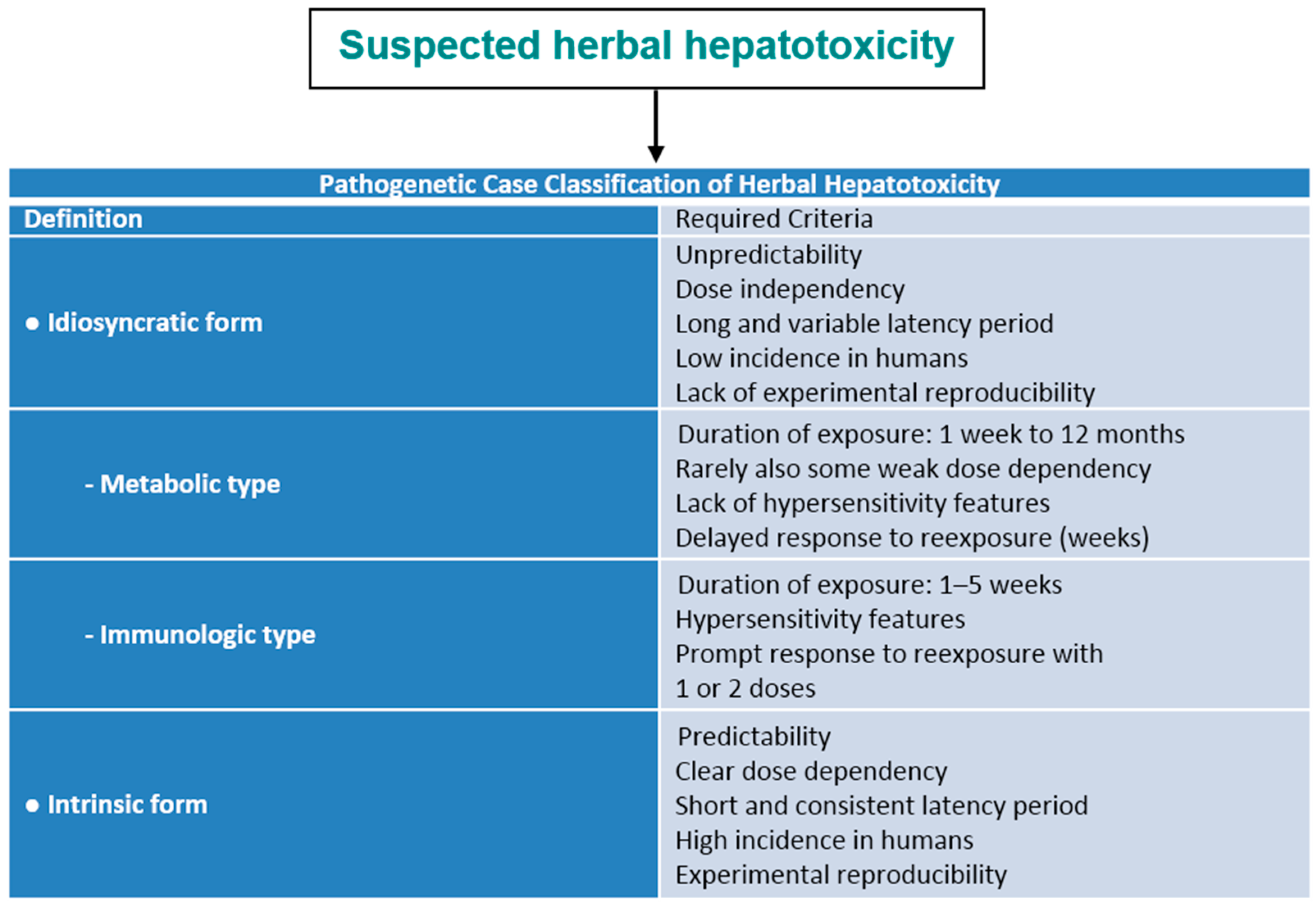Current And Future Status Of Herbal Medicines
Future prospects of herbal medicine market It is estimated that nearly three fourths of the herbal drugs used worldwide were discovered following leads from local medicine. Traditional Chinese herbal injection frequently referred to as TCM injection has evolved over 70 years as a treatment modality that parallels injections of pharmaceutical products.

Benefits And Limitations Of Dna Barcoding And Metabarcoding In Herbal Product Authentication Raclariu 2018 Phytochemical Analysis Wiley Online Library
Source of Modern Medicine From Higher Plants.

Current and future status of herbal medicines. An estimated 80 to 90 per cent of Ethiopians use herbal medicine as a primary form of health care 6 9. Facility status of herbal medicine-external herbal dispensaries H-EHD 71 n 5 of H-EHDs had a self-quality inspection facility. Herbal medicines are the synthesis of therapeutic experiences of generations of practicing physicians of indigenous systems of medicine for over hundreds of years.
2 December 2015 Academic Editor. Medicinal plants play a vital role for the development of new drugs. Although Chinese herbal medicines constitute multi-billion-dollar industries worldwide and 1500 herbals are sold as dietary supplements or ethnic traditional medicines the formulations of these medicines are.
While in 2004 the global market for herbal medicines was US 62 billion currently it stands at over US 80 billion and it is growing steadily. Herbal medicine is reported to be a 3-billion-a-year industry in USA. RESEARCH Open Access The current status of knowledge of herbal medicine and Community awareness of the threat to the future of traditional herbal medicine has been Products product quality research and development side effect imported herbal medicine pricing current market status technology and human resources.
Almost 70 modern medicines in India are derived from natural products. Hong M Li S Tan HY Wang N Tsao S-W Feng Y. The Biological Effects Molecular Targets and Future Prospects.
Chinese medicinal herbs are some of our oldest alternative and complementary medicines and their ever-increasing use is a good indication of the public interest in such medicines. The increase is attributed to the increasing preference of consumers towards traditional medicines Ayurveda Unani and Traditional Chinese Medicine which do not cause overdose toxicity and have fewer side effects. Authors Ming Hong 1.
Current Status of Herbal Medicines in Chronic Liver Disease Therapy. However recent findings indicate that all herbal medicines may not be safe as severe. Current Status of Herbal Medicines in Chronic Liver Disease Therapy.
Current Status of Herbal Medicines in Chronic Liver Disease Therapy. 300 n 21 referred their inspections to pharmaceutical companies and 372 n 26 did not performed any inspection. As the market reach has not been analyzed systematically in the past literature this article performed a descriptive.
Despite significant recent improvements in modern health care many rural communities continue to have limited access to modern health care due to availability and affordability 10 11. Although approximately 80 percent of people today depend upon herbal medication as a component of their primary healthcare according to the World Health Organization there is still great concern about the safety and efficacy of herbal use 1. Many others are synthetic analogs fabricated on model compounds isolated from plants.
The Biological Effects Molecular Targets and Future Prospects Int J Mol Sci. Medicinal plants play a central role not only as traditional medicines but also as trade commodities meeting the demand of distant markets. Herbal medicine future status veterinary world 347-350 review current golden mark many plant family basic approach natural product remedy many infectious disease side effect western world synthetic drug scientific investigation outstanding phenomenon.
On the other hand the annual rate of exposures to herbal supplements per 1000000 population increased by 319 from 2000 to 2012. Future prospects of herbal medicine. Over hundreds of years.
Herbal medicines are now in great demand in the developing world for primary health care not because they are inexpensive but also for better cultural acceptability better compatibility with the human body and minimal side effects. The Biological Effects Molecular Targets and Future Prospects Ming Hong 1 Sha Li 1 Hor Yue Tan 1 Ning Wang 1 Sai-Wah Tsao 2 and Yibin Feng 1 Received. The bioactive extract should be standardized on the basis of active compound.
Many others are synthetic analogues built on prototype compounds isolated from plants. While herbal medicine can potentially contribute to the advancement of healthcare many major challenges must be overcome prior to the successful integration of herbal remedies. Herbal medicines are now in great demand in the developing world for primary health care not because they are inexpensive but also for better cultural acceptability better compatibility with the human body and minimal side effects.
257 n 18 referred the inspection to an accredited institution. The global herbal medicine market size was valued at USD 7119 billion in 2016 and is expected to exhibit profitable growth over the forecast period. Current Status of Herbal Medicine.
The bioactive extract should undergo safety studies. According to WHO about 25 of modern medicines are descended from plants first used traditionally. According to WHO nearly 25 of the modern medicines have been derived from plants being used in traditional medicine.
According to a report the global dietary supplements market with a value of USD 491 billion as of 2016 is expected to reach USD 867 billion in 2022.

Ijms Free Full Text Herbal Hepatotoxicity Clinical Characteristics And Listing Compilation Html

Reshaping The Future Of Ethnobiology Research After The Covid 19 Pandemic Nature Plants

Medicinal Plant An Overview Sciencedirect Topics

Figure 1 Herbal Medicines For The Treatment Of Nonalcoholic Steatohepatitis Current Scenario And Future Prospects